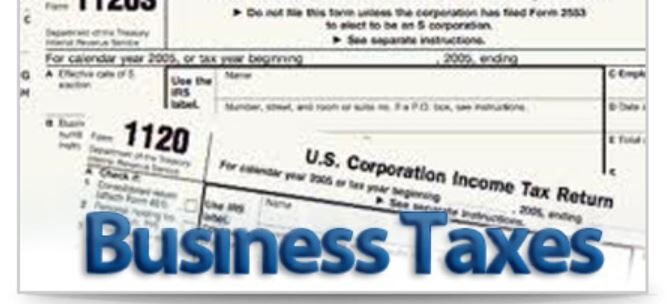
Table 1: MACRS Rates-Half-Year Convention In 2016 the deduction is equal to the regular Sec. 179 expense option also applies to qualified real property, i.e., qualified leasehold improvement, retail improvement and restaurant property with a maximum $250,0. Finally, the maximum deduction for heavy sport utility vehicles and certain other vehicles is restricted to $25,000. Check the rules in place at the time the property is placed in service. 179 deduction is available for certain Sec. 179 deduction is available to enterprise zone businesses and renewal community business in certain situations. At this time, those updated amounts have not been released. Beginning in 2016 the amount and the start of the phaseout are indexed for inflation. Maximum Section 179 Expense Deduction Tax Year Amount Phaseout Begins Use various kinds of equipment, facilities, or products.įorm 720 - The federal excise taxes reported on Form 720, consist of several broad categories of taxes, including the following.Small Business Taxes & Management TM -Copyright 2016, A/N Group, Inc.This section describes the excise taxes you may have to pay and the forms you have to file if you do any of the following. When you have employees, you as the employer have certain employment tax responsibilities that you must pay and forms you must file. Employment taxes include the following:įor additional information, refer to Employment Taxes for Small Businesses. For additional information, refer to Self-Employment Tax. Note: There are special rules and exceptions for aliens, fishing crew members, notary public, state or local government employees, foreign government or international organization employees, etc. If you work for a church or a qualified church-controlled organization (other than as a minister or member of a religious order) that elected an exemption from social security and Medicare taxes, you are subject to SE tax if you receive $108.28 or more in wages from the church or organization.If your net earnings from self-employment were $400 or more.Generally, you must pay SE tax and file Schedule SE (Form 1040 or 1040-SR) if either of the following applies. Self-employment tax (SE tax) is a social security and Medicare tax primarily for individuals who work for themselves. Your payments of SE tax contribute to your coverage under the social security system. Social security coverage provides you with retirement benefits, disability benefits, survivor benefits, and hospital insurance (Medicare) benefits. For additional information, refer to Estimated Taxes.

Generally, you must pay taxes on income, including self-employment tax (discussed next), by making regular payments of estimated tax during the year. You must pay the tax as you earn or receive income during the year. An employee usually has income tax withheld from his or her pay. If you do not pay your tax through withholding, or do not pay enough tax that way, you might have to pay estimated tax. If you are not required to make estimated tax payments, you may pay any tax due when you file your return. For additional information refer to Publication 583.

The federal income tax is a pay-as-you-go tax.

Refer to Business Structures to find out which returns you must file based on the business entity established. All businesses except partnerships must file an annual income tax return. Partnerships file an information return. The form you use depends on how your business is organized.


 0 kommentar(er)
0 kommentar(er)
